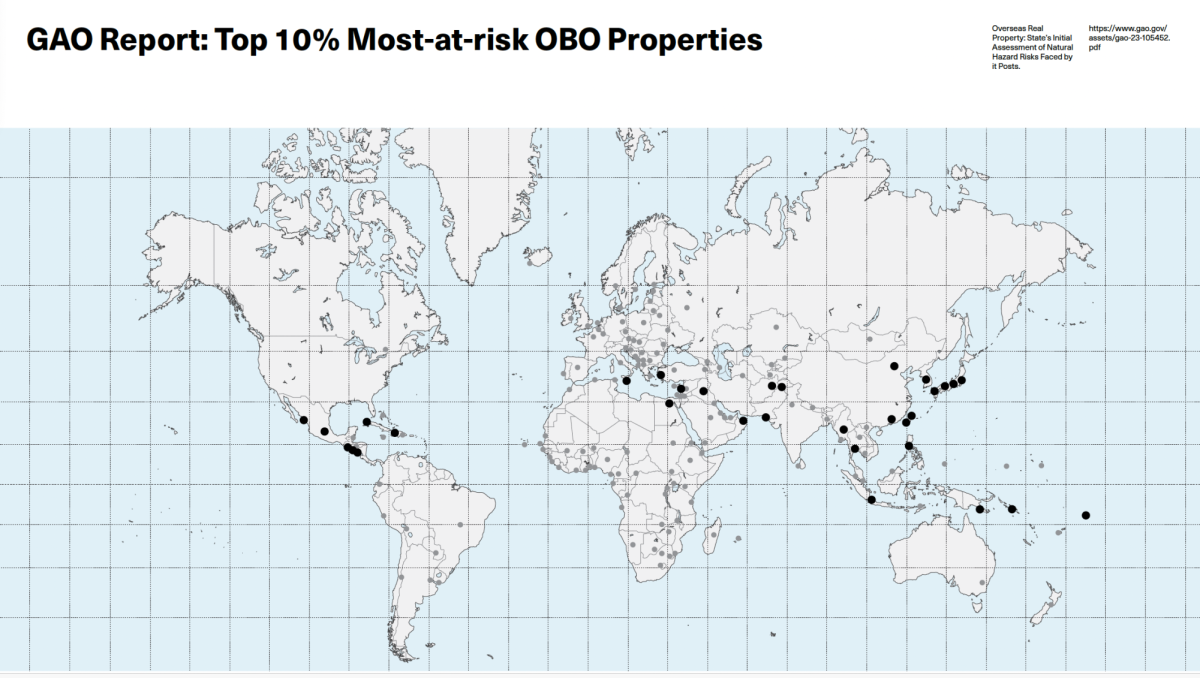A new study co-authored by a Northwestern professor suggests that nearly a million Americans may leave the labor force as a result of the Affordable Care Act.
The working paper, published last month, says between 500,000 and 900,000 people may exit the workforce because they no longer have to rely on their employer for health insurance. The Affordable Care Act expands Medicaid and sets up insurance exchanges.
The study was conducted by Kellogg Prof. Craig Garthwaite; Matthew Notowidigdo, an assistant professor in the University of Chicago Booth School of Business; and Tal Gross, an assistant professor in the Columbia University Mailman School of Public Health.
“We’re interested in things that change people’s decision to work,” Garthwaite said.
He said the effects identified in the study could push people toward choosing more productive jobs.
The study’s results suggest a strong disincentive to seek public health insurance. It found the aggregate employment rate could decrease by 0.3 to 0.6 percentage points under the Affordable Care Act. The professors based their study on the fallout of Tennessee scaling back its public health insurance program in 2005.
The study found after the TennCare disenrollment a “large and immediate labor supply increase” among people working more than 20 hours a week who had private, employer-provided health insurance. The study concluded that “policies that expand access to health insurance apart from employers (such as the ACA) may have large labor market effects.”
“It’s important for us to think of all the costs and benefits,” Garthwaite said.
He said he and his colleagues do not take a stand on whether their study’s findings are positive or negative for the political debate surrounding the Affordable Care Act. Although the effects could make it easier for someone who recently graduated from college to find a job, Garthwaite said Americans should be wary of policies that pull workers out of the labor force.
Garthwaite said large changes in the labor supply are uncommon, so the study’s prediction is significant.
The study’s data mostly comes from the Current Population Survey, a monthly poll of about 50,000 households that serves as the primary data set for labor force statistics.
Summer reporter Maddie Elkins can be reached at [email protected]. Follow her on Twitter at http://www.twitter.com/


















